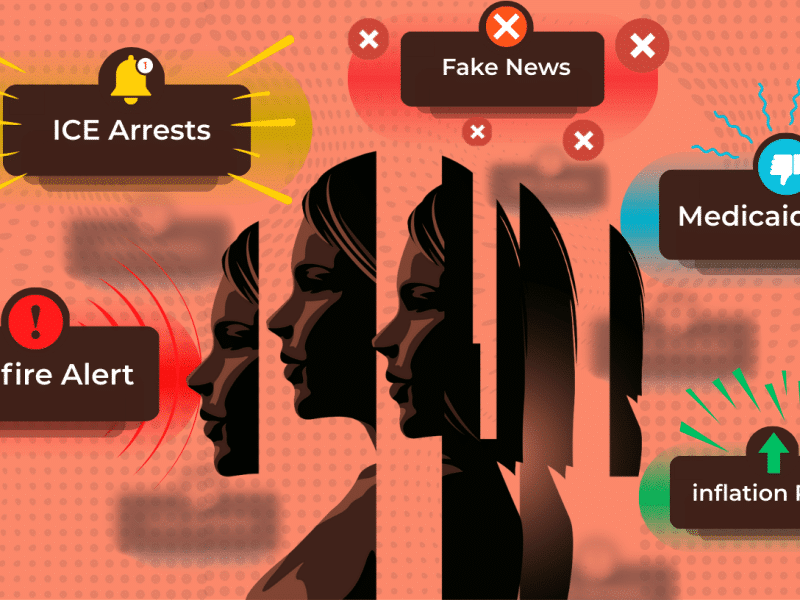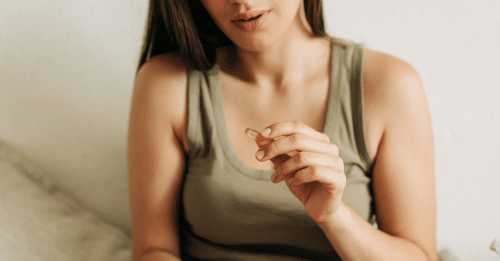6 “Biohacks” That Will Actually Improve Your Health
Overwhelmed by countless so-called “biohacks”? Dr. Adrian Chavez shares the top 6 effective “hacks” backed by scientific research that’ll actually have a positive impact on your health.
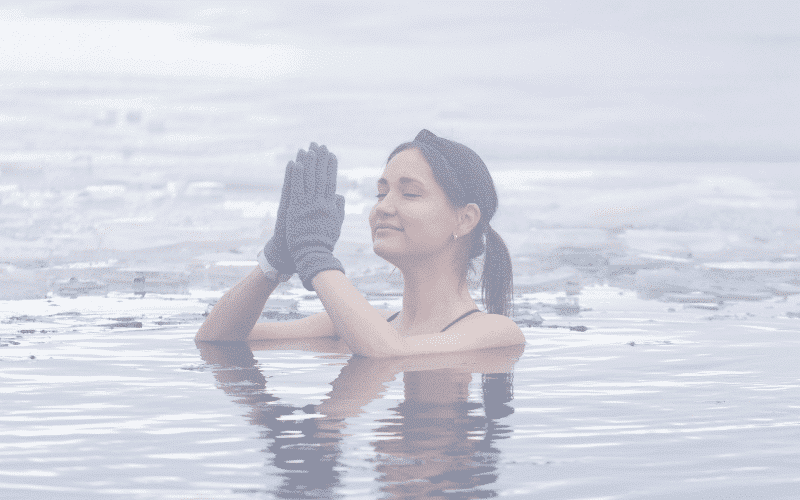
Article reposted with permission from The Health Hub
If you listen to different podcasts or get health information from social media, you have probably been exposed to dozens of “biohacks” ranging from fasting for long periods of time to wearing blue light-blocking glasses to dunking yourself in an ice bath every day.
Biohack #1: Eat a Nutritious Diet Consistent With Your Energy and Nutrient Needs
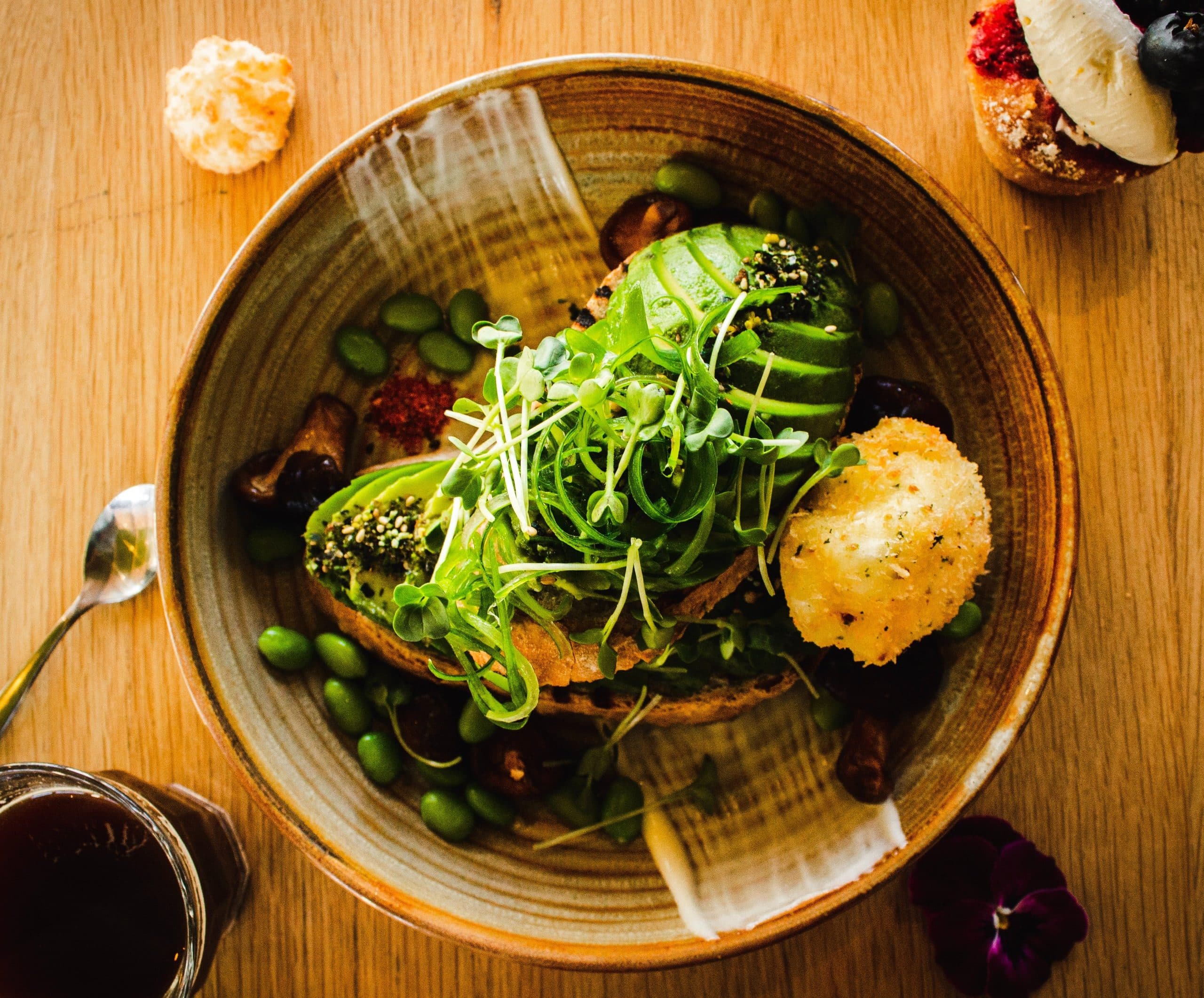
The challenge is if you are a normal human with a full-time job, possibly some kids, and additional responsibilities, keeping up with all these biohacks can get overwhelming.
So in this article, I want to discuss the Top 6 Biohacks that will have the greatest positive impact on your long-term health.
These hacks are backed by thousands of studies from the most prestigious universities in the world and NO ONE is giving them the attention that they deserve. So let’s get started.
No need to fast or carb cycle, or go keto, or “eat clean,” avoid “chemicals,” etc.
The most important things when it comes to nutrition is eating the right amount for your needs and ensuring that you are getting enough essential nutrients.
We covered the first point in our article and podcast on energy balance (see here). The second point means getting enough protein, fiber, essential fatty acids (e.g. omega-3s), B vitamins, Iron, Vitamin D, etc.
This can be a bit more challenging, but you will usually cover all of your bases if you are eating a variety of mostly minimally processed foods and are not excluding foods/food groups (e.g. vegan, zero carbs, etc.).
Biohack #2: Exercise At Least 150 Minutes Per Week – Ideally With a Combination of Aerobic and Resistance Exercise
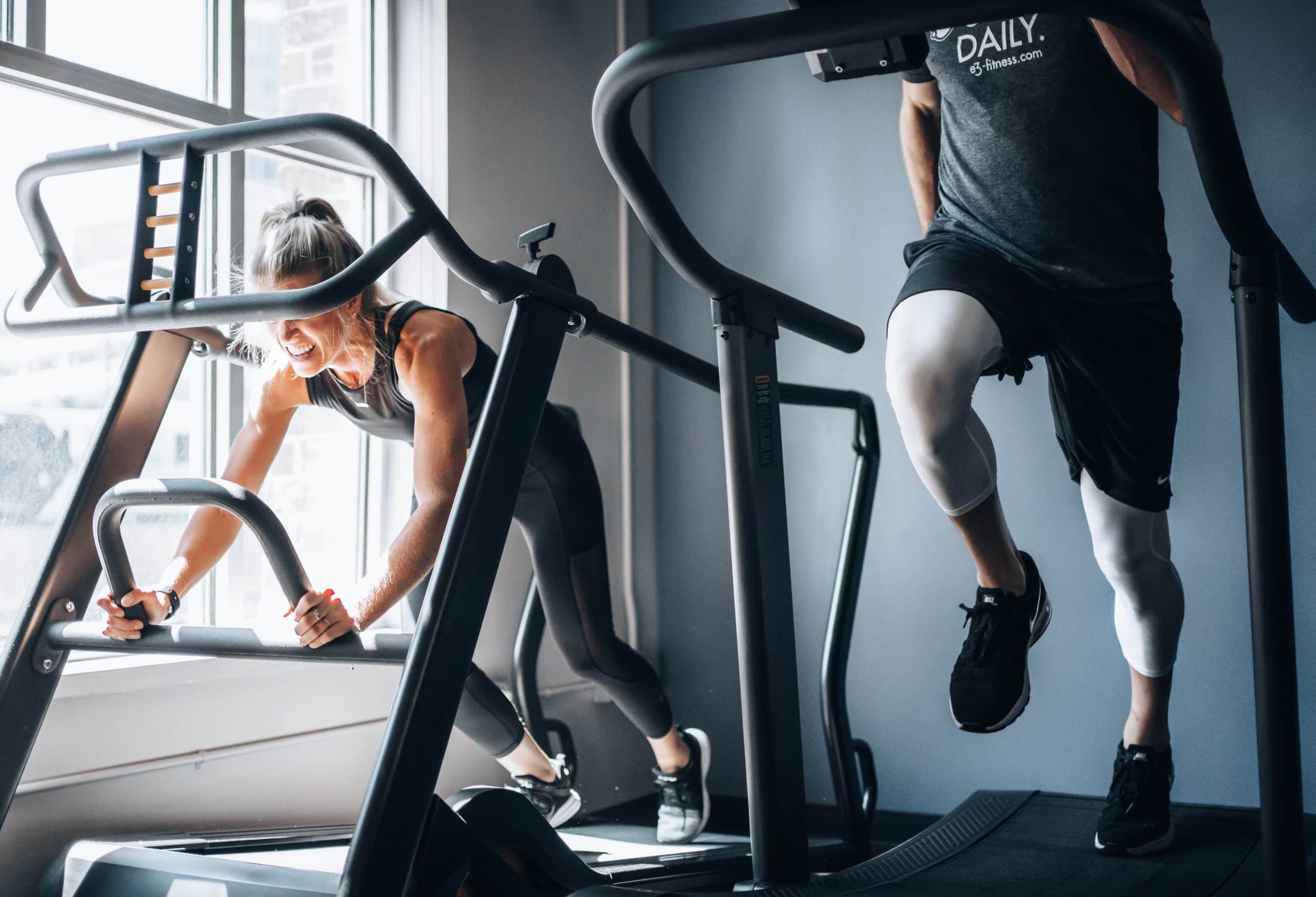
Building your physical fitness might be one of the most protective things that you can do for your health. Aerobic exercise, the types of exercise that causes your breathing and heart rate to be increased for an extended period, builds up our cardiorespirory fitness (CRF). This is the ability of our heart and blood vessels to pump and deliver blood throughout our body.
This is incredibly important for heart health. A large study showed that higher CRF lowered the risk of death from heart disease by 73% and lowered the risk of death from any cause by 58% (PMID: 34198003).
Similarly, building strength helps with the maintenance of muscle mass and improved metabolic health, better bone health, improved physical capacity, and more. In another large compilation of studies on the topic higher handgrip strength was associated with a 31% lower risk of death from any cause (PMID: 29425700).
We build up our strength by engaging in resistance exercise and eating enough food and enough protein and we build up our CRF by engaging in “cardio” exercise. I recommend trying to get at least 2 days per week of muscle strengthening resistance exercise and at least 2 days per week of cardiovascular exercise to build up your physical fitness.
Biohack #3 Reducing Sedentary Time

Reducing the time that you spend not moving at all physically is also important for maintaining good health. Sitting for long periods of time has been linked to a variety of health problems, including obesity, heart disease, and diabetes (PMID: 31886810).
Many of us work in sedentary jobs and spend out days being inactive, therefore, it is important to try to break up this sedentary time with as much movement as possible throughout the day and also to spend our non-work hours trying to participate in more active activities.
There are several studies that have shown positive health effects from just small bursts of movement throughout the day (PMID: 26378942). Something as simple as a 5-10 minute break every 2-3 hours to go for a short walk, climb up and down stairs, etc. can make a noticeable difference in blood sugar control and blood pressure and likely have long term health implications as well.
Aside from this replacing sedentary leisure time behaviors such as watching TV, going to sporting events, etc. with more active behaviors such as gardening, going on hikes, theme parks, etc. can dramatically increase energy expenditure and help improve metabolic health and physical functioning as well.
Biohack #4 Prioritize Sleep
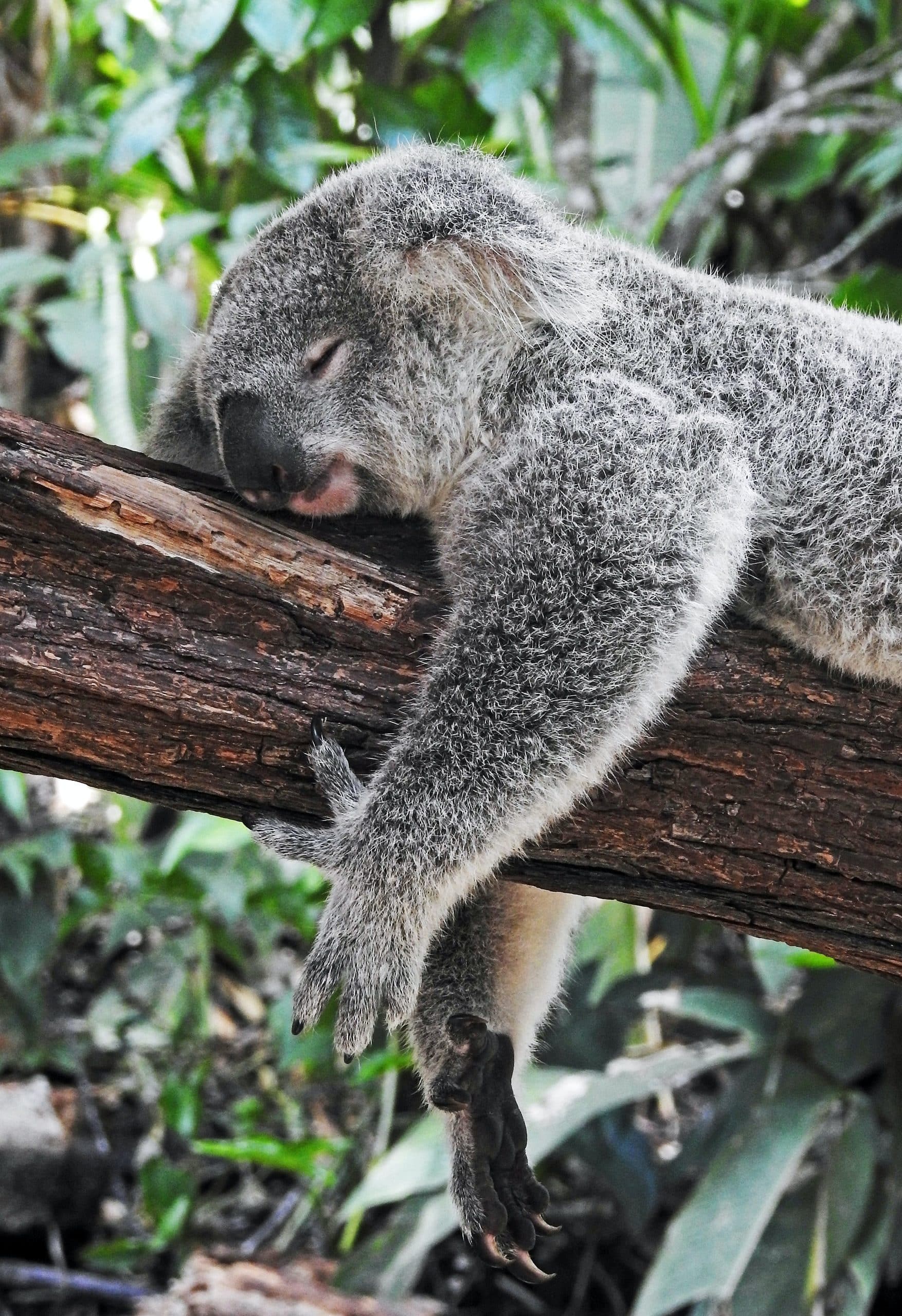
Getting enough high-quality sleep is essential for good health. Poor sleep can impact recovery from exercise, blood sugar control, energy levels, cravings, and more (PMID: 32951993). The general recommendation is for adults to shoot for at least 7 hours of sleep per night, but evidence demonstrates that sleep quality may be more important than duration.
For a lot of people, sleep is an afterthought and isn’t something that they put much effort into improving and then they wonder why they’re tired and having cravings all day). If you are not currently sleeping well improving this lifestyle habit can make a big difference in your life.
Some tips for improving sleep are #1 making it a priority for you, try to stick to a somewhat regular sleep schedule, avoid caffeine in the afternoon and too much alcohol before bedtime, and try to create a dark, cool, and quiet environment to get relaxing sleep.
Biohack #5 Staying Hydrated
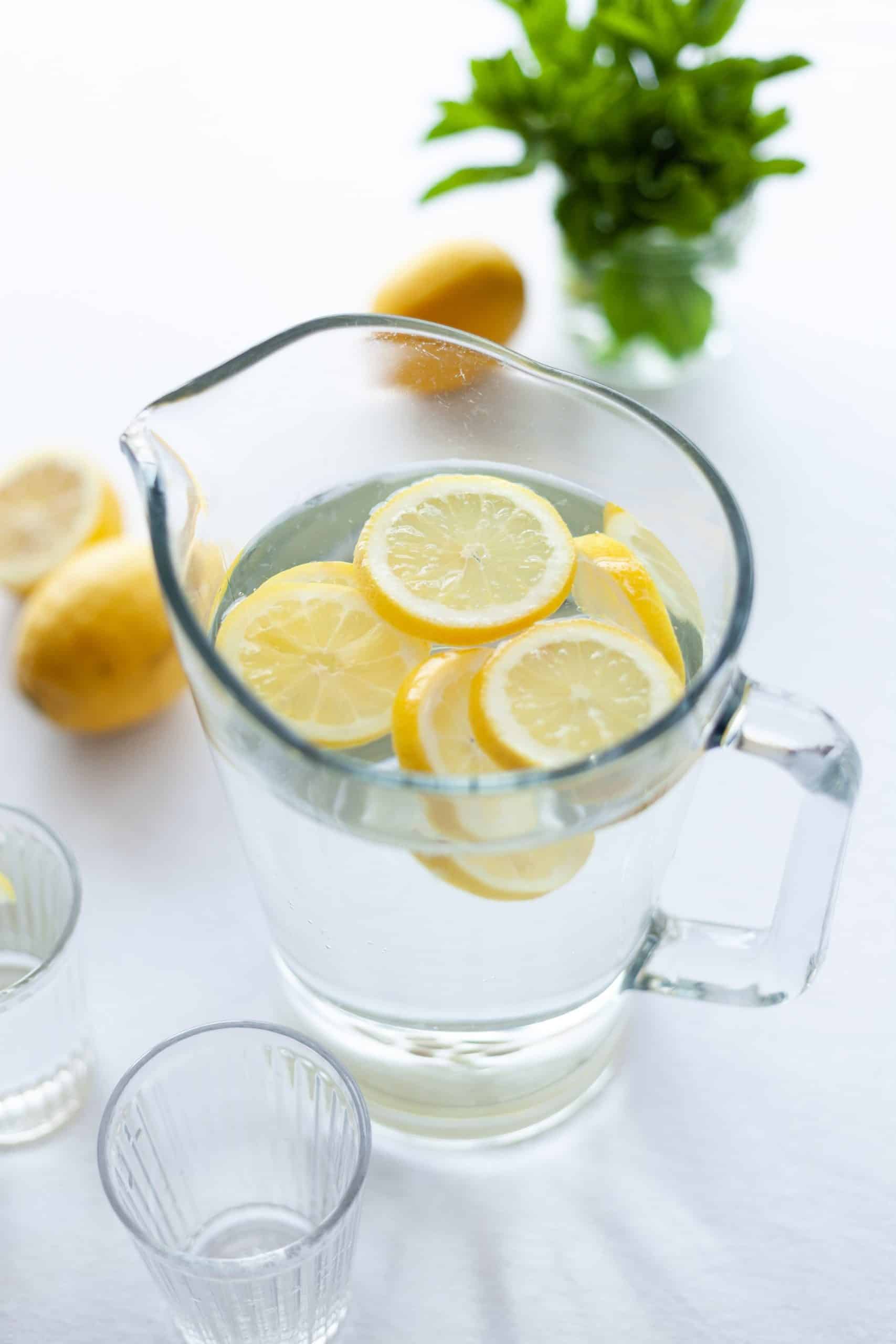
Staying hydrated is crucial for good health. One report found that about 1 in 4 Americans report drinking no plain water at all (USDA, 2011). Lower water consumption is associated with weight gain, constipation, higher severity and frequency of migraines and headaches, and more (PMID: 32446809; PMID: 32077808; PMID: 31657610)
Aim to drink at least half of your body weight in ounces per day as a rule of thumb. You want to get more if you are more active and sweat a lot, however. This can be from other sources of hydration as well (tea, coffee, etc.) however I recommend trying to make it a habit to meet most of your hydration needs with plain water.
Biohack #6 Find Healthy Ways to Manage Stress
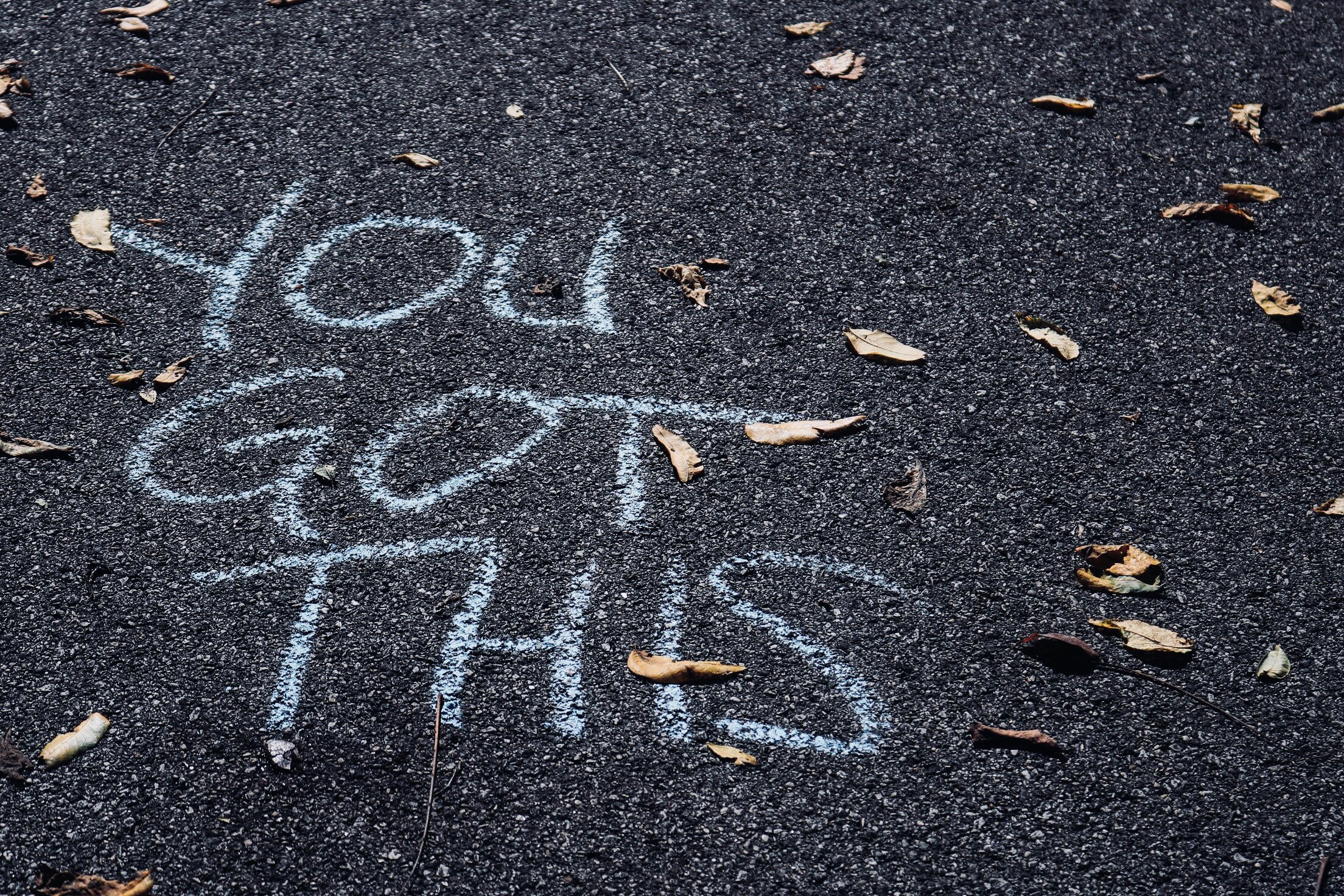
Psychological stress can have a major negative impact on our health and well-being. We are all dealing with various stressors and in many cases, these stressors are not something that we can just change. What we can change is how we deal with those stressors and the responses that we choose to have towards them.
There is a quote from Wayne Dyer that offers some perspective on this topic:
“There is no such thing as stress, only people thinking stressful thoughts.”
What stresses out one person, can have little to no impact on another. This is not to say that many of us aren’t dealing with real issues and struggles. But that our response to those will determine how those stressors impact our mental and physical health.
Stress management techniques like deep breathing, yoga, therapy, spending time in nature, meditation, journaling, and more are tools that can help better respond to stress.
It’s also important to make time for activities you enjoy and to connect with loved ones. These things can help improve mental health overall and help you to develop a more positive outlook toward life.
Tying it Together

I know this sounds simple, but it isn’t easy of course. But, if you can get consistent with these basic habits these will create a strong foundation to help you achieve your best health.
No need for crazy biohacks, supplements, detoxes, or extreme dietary regimens.


